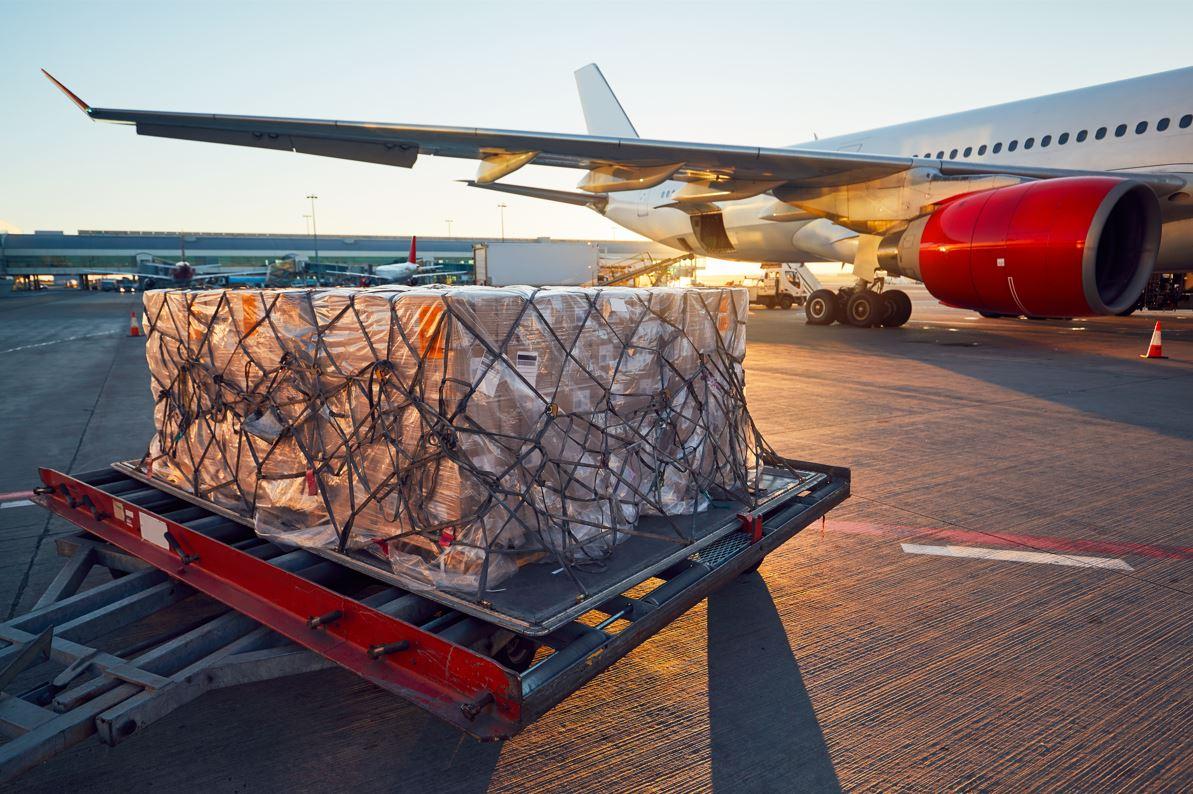
Total air traffic reached 68.5% of 2019 levels last year, IATA said, with a large year-on-year increase in December traffic rounding off a year of recovery.
This comes as the association has predicted a further decline in cargo volumes in 2023 to -5.6% compared to 2019.
Total passenger traffic in 2022 measured in revenue passenger kilometers (RPK) rose 64.4% in 2022, compared to 2021 when the coronavirus pandemic was still causing huge disruption with travel restrictions and lockdowns in many countries. December 2022 total traffic rose 39.7% compared to December 2021 and reached 76.9% of the December 2019 level. The association said international traffic in 2022 reached 62.2% of 2019 levels while domestic traffic was at 79.6% of the full-year 2019 level.
“The industry left 2022 in far stronger shape than it entered, as most governments lifted COVID-19 travel restrictions during the year and people took advantage of the restoration of their freedom to travel,” IATA director general Willie Walsh said Feb. 6. “This momentum is expected to continue in the New Year, despite some governments’ overreactions to China’s re-opening.”
Walsh urged governments to learn the lesson that travel restrictions have little impact on slowing the spread of diseases and negatively impact society and the economy. “Let us hope that 2022 becomes known as the year in which governments locked away forever the regulatory shackles that kept their citizens earthbound for so long,” he said.
On the cargo side, full-year demand in 2022 dipped from 2021’s highs, when capacity was scarce because many passenger flights were still grounded, curtailing belly capacity. But cargo came close to 2019 levels, with global demand in 2022 measured in cargo ton-kilometers (CTK) down 8.0% compared to 2021 and down 1.6% versus 2019. Capacity in 2022, measured in available cargo ton-kilometers (ACTK), was 3.0% above 2021 and down 8.2% versus 2019.
The association said global demand declined 15.3% in December, the tenth consecutive monthly contraction compared to 2021. The year 2022 ended with mixed signals, IATA said. Global new export orders, a leading indicator of cargo demand, have stayed at the same level since October and for major economies, except Germany, Japan and the U.S., new export orders are shrinking. Global goods trade decreased by 1.5% in November, down from a 3.4% increase in October. The Consumer Price Index for G7 countries indicated inflation tracking at 6.8% for December, with the 0.6 percentage point drop compared to November the largest over the course of year.
“In the face of significant political and economic uncertainties, air cargo performance declined compared to the extraordinary levels of 2021,” Walsh said. “The continuing measures by key governments to fight inflation by cooling economies are expected to result in a further decline in cargo volumes in 2023 to -5.6% compared to 2019. It will, however, take time for these measures to bite into cargo rates. So, the good news for air cargo is that average yields and total revenue for 2023 should remain well above what they were pre-pandemic. That should provide some respite in what is likely to be a challenging trading environment in the year ahead.”
